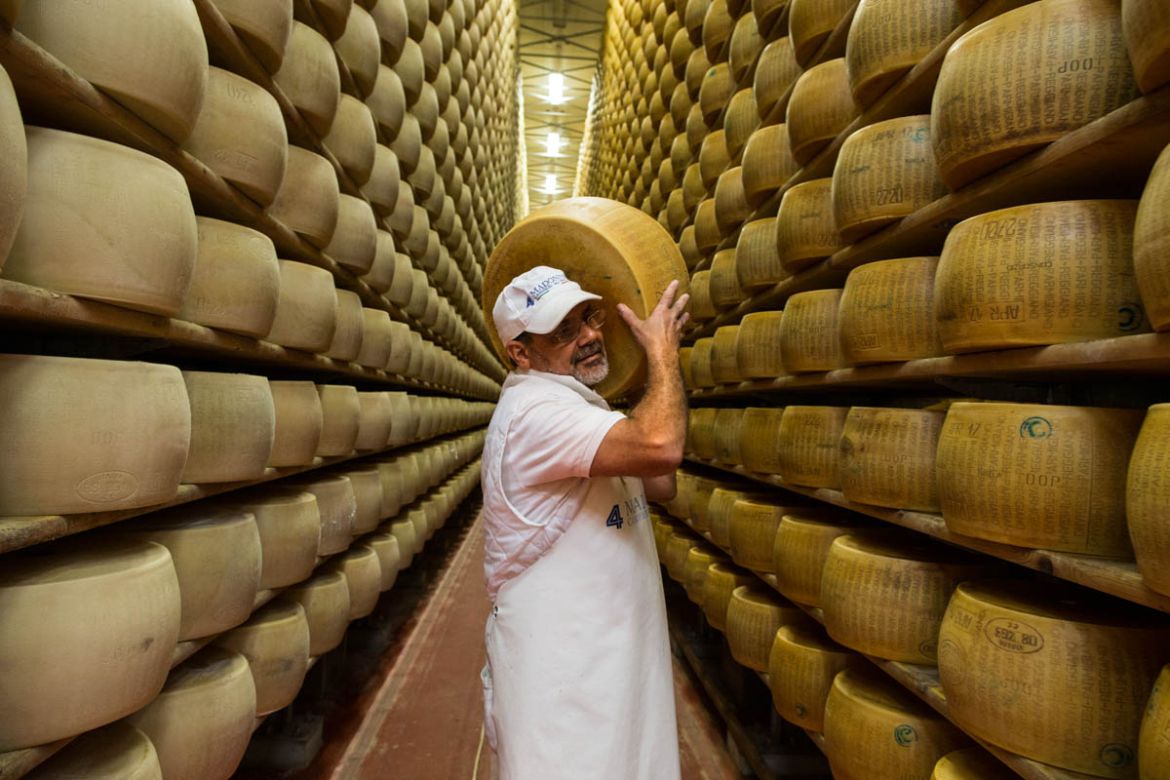Opening the Keys of Artisanal Cheese Making: A Detailed DIY Guide
In the realm of cooking workmanship, artisanal cheese making stands as a testament to the fragile balance between tradition and advancement. Each action in the process, from picking the best milk to refining aging methods, holds within it a wide range of understanding passed down via generations. As we get started on this journey to debunk the art of producing splendid cheeses, we are encountered with a tapestry of skills and keys waiting to be deciphered. Join us as we discover the intricacies of this ancient craft, where scientific research, art, and persistence assemble to generate flavors that entice the detects.
Selecting the Right Milk
When embarking on the journey of artisanal cheese making, the option of milk plays an essential function in identifying the top quality and qualities of the final product. The kind of milk picked affects the taste, structure, and in general profile of celebrity. Raw milk, directly from the animal, is favored by lots of artisanal cheesemakers as a result of its distinct mix of enzymes, microorganisms, and flavor substances. Utilizing raw milk comes with risks and laws, making pasteurized milk a safer option for newbies.
Furthermore, the source of the milk, whether from cows, goats, lamb, or buffalo, contributes distinctive flavors and features to the cheese. Each kind of milk brings its own nuances, allowing for a vast variety of cheese varieties to be crafted based on the picked milk.
Culturing and Coagulating
To initiate the cheese-making process, the essential steps of culturing and coagulating must be meticulously carried out to change milk into curds and whey. Culturing includes presenting beneficial bacteria to the milk, which after that starts the fermentation procedure. These bacteria transform lactose (milk sugar) into lactic acid, developing the acidic atmosphere required for coagulation. The kind of culture utilized can considerably impact the taste, appearance, and ripening of the last cheese product.

The timing and temperature level control throughout culturing and coagulation are vital variables that affect the final outcome of celebrity. Proper implementation of these steps is important to ensure the preferred structure, flavor, and consistency of the artisanal cheese being produced.
Draining and Pressing Curds
After the milk proteins have coagulated and the curds have actually been cut to release whey, the following crucial action in artisanal cheese making includes draining pipes and pushing the curds to attain the wanted structure and uniformity of the last cheese item. Draining pipes is the process of separating the curds from the whey. This can be done by moving the curds into a cheesecloth-lined colander or mold and mildew and permitting the whey to drain off normally. The time for draining can vary depending upon the sort of cheese being made and the preferred dampness web content.
Pressing aids eliminate any continuing to be whey and compacts the curds to develop a solid cheese wheel. Correct draining and pushing are crucial actions that dramatically impact the top quality and characteristics of the artisanal cheese being created.
Aging and Flavoring Strategies
Carrying out meticulous aging and flavoring techniques is crucial in boosting the depth and intricacy of artisanal cheeses, elevating their taste accounts to exquisite degrees of refinement and sophistication. Aging plays an important duty in establishing the one-of-a-kind tastes and textures that distinguish artisanal cheeses. During the aging procedure, cheeses are stored in thoroughly regulated atmospheres where aspects such as humidity, air movement, and temperature are adjusted to urge the development of helpful molds and bacteria. This controlled setting enables the cheese to develop slowly, establishing abundant tastes and intricate fragrances.
Seasoning techniques also contribute significantly to the last taste of artisanal cheeses. Cheesemakers may pick to introduce extra flavors by including active ingredients such as herbs, seasonings, or perhaps fruits right into celebrity throughout the production process. Additionally, some cheeses are cleaned or scrubed with numerous liquids, such as salt water or alcohol, to enhance their tastes and structures.
Wrapping and Saving Cheeses

Verdict
In verdict, grasping the art this page of artisanal cheese making entails meticulously selecting the right milk, adhering to precise culturing and coagulating procedures, draining pipes and pushing curds successfully, and utilizing various aging and flavor methods. By adhering to these steps carefully and with focus to detail, you can produce your very own tasty and unique cheeses at home. Keep in mind to cover and store your cheeses effectively to make sure ideal flavor and texture growth. Happy cheese making!
Each type of milk brings its own subtleties, permitting for a broad array of cheese ranges to be crafted based on the picked milk.After the milk healthy proteins have coagulated and the curds have actually been cut to launch whey, the next crucial step in artisanal cheese making entails draining pipes and pressing the curds to achieve the wanted structure and consistency of the last cheese product. A lot of cheeses must be wrapped in wax paper or cheese paper why not check here to permit them to breathe while safeguarding them from drying out. For cheeses that need to continue aging, such as bloomy peels or washed skins, ensure they are kept in a trendy atmosphere like a cheese cavern or a refrigerator set to the proper temperature. By paying focus to the covering and storage of artisanal cheeses, cheese makers and enthusiasts can maintain the stability of these delicacies and completely enjoy their complex flavors.